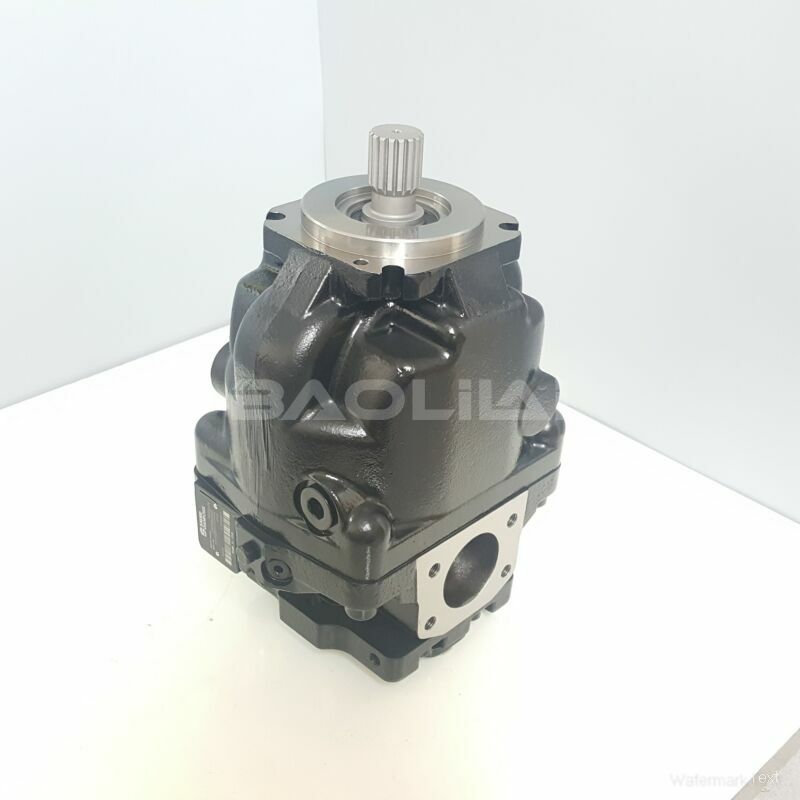ERL147CRP2614NNN3K5BPA1NAAANNNNNN hydraulic oil pump
ERL147CRP2614NNN3K5BPA1NAAANNNNNN hydraulic oil pump

- Product Details
- Applicable Scene
The design of the hydraulic system itself can contribute to noise levels. Rapid changes in flow direction or speed, as well as restrictive components such as valves and fittings, can generate turbulence and increase noise. To alleviate these issues, consider using smoother connections and ensuring that hoses and pipes are adequately sized for the flow rate. Employing variable-speed pumps can also help adjust flow dynamically, reducing sudden changes that may lead to noise generation.
ER-L-147C-RP-26-14-NN-N-3-K5BP-A1N-AAA-NNN-NNN
ERL147CRP2614NNN3K5BPA1NAAANNNNNN
Regular maintenance and inspection of the hydraulic system are crucial for identifying and addressing noise-related issues. Leaks, worn components, and other mechanical problems can contribute to noise levels and should be addressed promptly. Establishing a routine maintenance schedule that includes fluid checks, component inspections, and vibration analysis can help catch issues before they escalate into more significant problems.

83018313
In high-flow applications, it is vital to take a proactive approach to managing hydraulic pump noise. By understanding the sources of noise and implementing the solutions mentioned above, operators can enhance the efficiency of their hydraulic systems and create a safer, more comfortable working environment. Investing time and resources into optimizing hydraulic pump operations not only improves performance but also extends the lifespan of equipment.





